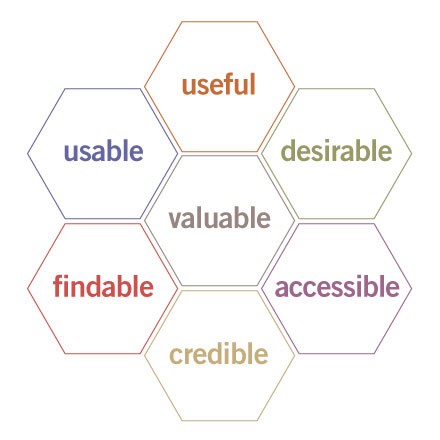
User experience is a term used to make sense of interactions we have with brands through websites, apps, and games. “Experience” is the new name of the game. Brands are making sure the moment you enter their (virtual?) doors you encounter a pleasant, easy-to-use, timely, efficient (and other buzz words) experience that leaves you with a great impression of the brand and of course, insures you’ll come on back now you hear? Beverly Hillbillies anyone?
Wait, what is it?

Well the good news is we know what it means…right now. Like so many terms associated with computers and how we interact with them, our definitions are always changing. Don Norman is known for the popularization of the term when he began working at Apple in…wait for it…1993! The idea is actually pretty simple. As he put it, “I invented the term because I thought human-interface and usability were too narrow. I wanted to cover all aspects of the person’s experience with the system.” Get it? (that’s okay, it took us awhile too).
In the early years of computer technology, programmers were only concerned with how quickly and accurately they could use a machine to perform a task. It was not until companies like Apple came along, that the “user experience” was developed as way to make using a computer comprehensive for average people (not just the nerds). We’re kidding… sort of.
Let’s look at a diagram to illustrate this process. Notice that the user experience is subjective according to their previous experiences, emotions and reactions. It would be impossible to satisfy all customer’s needs but it is important to account for a few different experiences (such as amount of reading in relation to audience age, the user’s familiarity with your “terms”, and the level of comfort your ideal customer feels navigating the web) into account as you build your user experience.

What should user experience do?
This honeycomb diagram sums it up beautifully. For the sake of brevity, we won’t address each quality in detail but the idea is that to achieve optimal user experience, all of these terms should be considered when embarking on a new website, app or game. It is often used as a framework for rebranding because it allows a business to focus its attention on what isn’t working on the current site and how to address it. Then from these ideals you can decide what elements should take priority. For example, is it more important for your site to be useable or findable? How can you make your site more credible, is that important?

Isn’t that usability and/or user design (UI)?

Not really. User experience is the broader term under which usability/user design fall. Don’t get us wrong usability is important. When you are browsing a website you (unconsciously, or consciously for you design- minded folks) take notice of how easy it is to navigate, if the “language” of the site makes sense, menus are clear and concise, etc. While it is important to experiment with design and layout, remember that there are hallmarks on websites that help us feel at ease and comfortable, like a search bar in the right-hand corner for example. User experience is the culmination of all elements working together to create one platform.
Does user experience (or lack thereof) really affect my business?
You betcha! Ever wanted to buy something you found online but had to create an account with the website first? Is it still floating around in your abandoned cart? Streamlining your user experience can lead to customer loyalty and often-sought-after customer referrals. Keep track of things like conversion rates on your website so that you can see your return on investment (ROI).
The Daily Egg highlights the benefits of a positive user experience this way:
- Customers are loyal and frequently return to buy your products/services.
- Customers think it is easy to find, use or buy your products/services.
- You have the ability to convert “browsers” into “buyers”, increasing your “browser to buyer” conversion rates.
Have a business that takes orders or relies on information customers input? Then you are losing money (say what?) if you are not investing in user experience. A well-designed check out system, for example, means customers make less mistakes and save you time and money correcting orders and re-shipping. If a user can’t figure out how to update their shipping address, add a new payment type, or cancel their order, they will get frustrated and go to someone else, because, competition!
User experience and its value are not going anywhere. As we continue into 2019, customer experience will be expected to be user-friendly and highly adaptable. Are you ready?
Author, Laura V. Boston
The C3 Group
